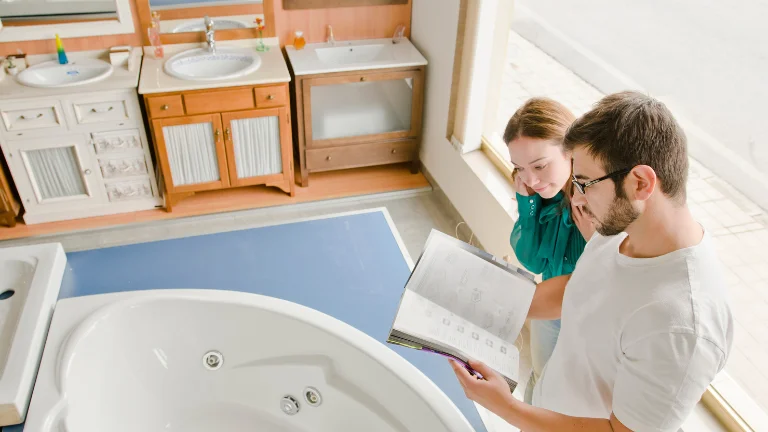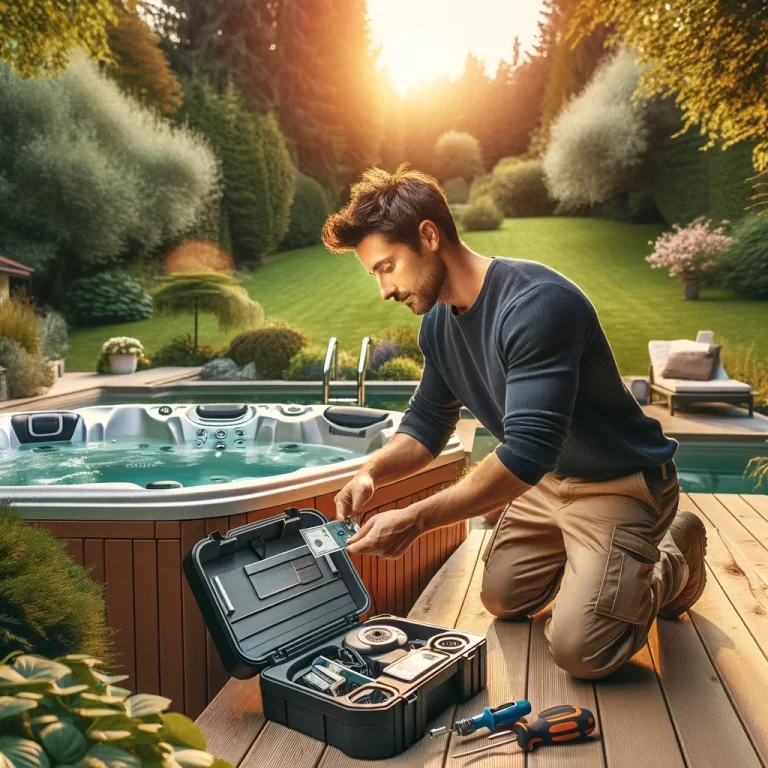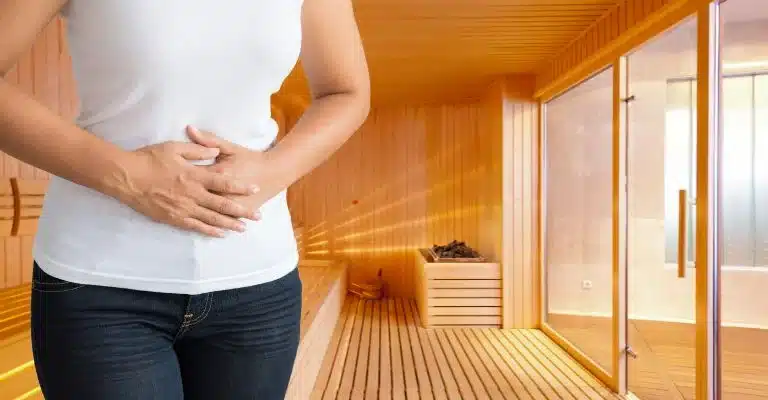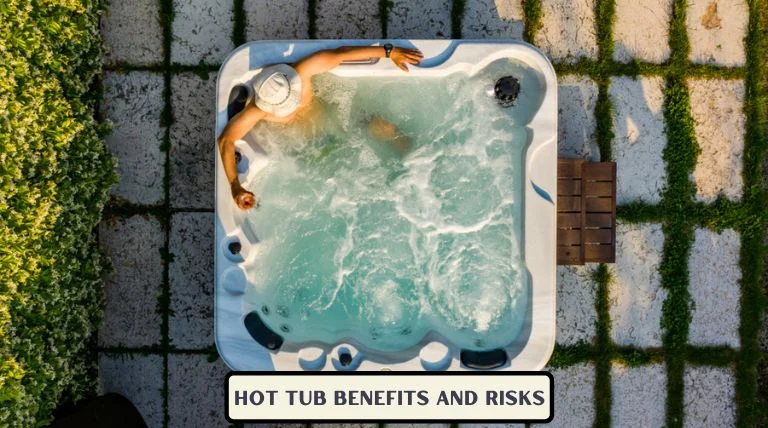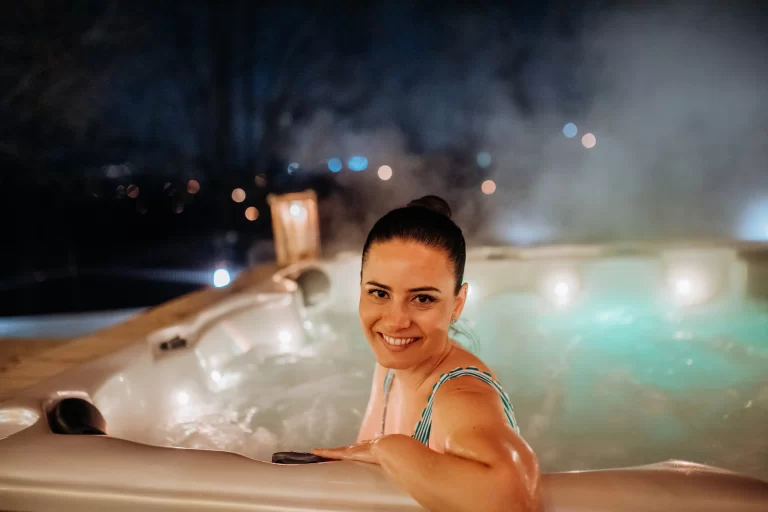Are Facial Saunas Right for You? Understanding Risks and Concerns
Facial saunas can help soften skin, loosen buildup, and boost the way serums soak in. They work best for normal to dry skin and anyone who likes a little spa vibe at home. If you have sensitive or acne prone skin, keep sessions short and gentle. Listen to your skin and skip it if you notice irritation.
- Are Facial Saunas Right for You
- How Facial Saunas and Steamers Work
- Benefits You May Gain
- Who It's Good For and Who Should Be Careful
- Potential Disadvantages and Risks
- How Often and How Long to Steam Safely
- Step by Step: How to Use a Facial Sauna at Home
- Does It Help Specific Skin Concerns?
- Choosing and Maintaining a Facial Sauna or Steamer
- Expert Commentary and Trust Building
- FAQs
Are Facial Saunas Right for You
Facial steamers are a nice add on, not a cure all. They can boost your routine if you like the spa vibe and want smoother product absorption, but gentle and occasional use tends to work best. If your skin feels tight or prickly afterward, dial it back. Your skin will tell you what it likes.

What is a Facial Sauna or Facial Steamer
A facial sauna is a device that turns water into warm steam and directs it toward your face. The idea is simple: the gentle heat and moisture help loosen buildup, make skin feel softer, and prep your pores so skincare absorbs more easily.
Some people also try herbal steam bowls, a warm towel routine, or mini handheld steamers, all aiming for that same open pore feeling.
Quick Checklist
• Skin type: normal, dry, or combination usually tolerate steam well
• Goals: deep cleaning, hydration, product absorption, or a spa-like experience
• Preparedness: have a clean face, moisturizer ready, and a safe setup
Pros vs Cons
Pros
• Softens skin and loosens buildup
• Boosts circulation and temporary glow
• Enhances absorption of serums and moisturizers
• Provides a mini spa experience at home
Cons
• Oversteaming can cause dryness, irritation, or flare-ups
• Not suitable for sensitive, rosacea-prone, or broken capillary skin without caution
• Does not treat deep acne, eczema, or aging concerns alone
Why People Are Curious About Face Steaming
This trend keeps popping up thanks to social media beauty routines and the rise of at home spa habits. Many users search for it because they are dealing with:
• Blackheads or clogged pores
• Dry patches or dull texture
• Acne flare ups
• Eczema or sensitivity, hoping steam will soothe dryness
• A tight skincare budget and want a simple, relaxing upgrade
Steam sounds gentle, and it can be, but it is not a magic fix for every skin issue. Dermatologists often say that steaming helps loosen surface buildup, but it will not treat deeper acne or cure irritation by itself.
So, Are Facial Saunas Right for You
For many people, yes, steaming can be a helpful prep step before cleansing or masks. It may give you a softer feel and a temporary glow. If you have very sensitive skin, rosacea, or eczema, take it slow and see how your skin reacts. Short sessions, plenty of hydration afterward, and paying attention to your skin signals make a big difference.
How Facial Saunas and Steamers Work
Facial steam uses warm vapor to soften buildup, gently open pores, and boost circulation. This helps skin feel smoother and can improve how well products absorb.
How Steam Affects Skin
• Loosens dirt and oils
• Softens pores for easier cleansing
• Increases blood flow for a temporary glow
• Adds surface moisture, then fades if you skip moisturizer
What You Need
• Clean water, distilled if possible
• Facial steamer or bowl with towel
• Herbs for scent only, essential oils optional but can irritate sensitive skin
Basic Use Guidelines
• Steam 5 to 10 minutes
• Keep face at a comfortable distance, about a forearm away
• Use once a week, twice if your skin tolerates heat well
Tip: moisturize afterward so you stay dewy instead of dry.
Benefits You May Gain
Steaming can support a deeper clean, smoother absorption, and a short lived glow. Pair it with good skincare habits and avoid overdoing it for the best results.
Deep Cleaning and Pore Support
Warm steam softens buildup, which makes it easier to lift out blackheads and clear clogged pores. You still need proper cleansing and gentle exfoliation, but steaming can loosen stubborn debris so your skincare steps work smoother.
Better Product Absorption
Moist heat makes skin more receptive, so serums and moisturizers can sink in more easily. Think of steaming as a prep step that helps your skincare get past the surface instead of sitting on top.
Hydration and Glow Boost
Steam adds temporary surface moisture and increases circulation, which often gives a healthy glow right after. You lock it in by applying hydrating products immediately afterward. Without that step, the effect fades quickly.
Calm, Relaxing Routine at Home
A few quiet minutes with warm steam can feel like a mini spa break. It is simple, low maintenance, and turns basic skincare into a calming ritual that helps you unwind.
If your skin feels irritated or your device isn’t producing enough steam, you’ll want to check out this guide on troubleshooting facial saunas.
Who It’s Good For and Who Should Be Careful
Many skin types can enjoy steaming, but gentle and occasional use works better than going all in. If you are prone to irritation or redness, a soothing skincare routine without steam might serve you better.
Normal, Dry, or Combination Skin
Most people in this group do well with gentle steaming. It can soften flakes, loosen buildup, and help serums melt in.
How to use it safely
• Keep it short, about 5 to 10 minutes
• Moisturize right away to hold in hydration
• Start weekly and adjust based on how your skin feels
Oily or Acne Prone Skin
Steam can help loosen clogged pores, which may make extractions easier and improve texture. Still, heat may also trigger oil production in some people.
What to keep in mind
• Stay consistent with cleansing after steaming
• Avoid squeezing or picking, especially if skin looks inflamed
• If acne is deep or painful, steaming alone will not fix it
Sensitive Skin, Rosacea, or Eczema
This group needs extra caution. Heat and humidity can increase redness, trigger irritation, or cause flare ups.
Gentle approach
• Try a shorter session first, two to three minutes
• Skip essential oils and herbs
• Consider a warm towel instead of direct steam if you are easily irritated
When to Avoid or Ask a Pro
If you have broken capillaries, active infections, or skin that flushes quickly, steaming might not be the best choice. People with asthma or breathing issues may also want to avoid heavy steam sessions.
A simple rule
If your skin gets hot fast, feels stingy, or stays red afterward, steaming is not a great fit. Listen to your skin and do not push it just because it works for someone else.
Potential Disadvantages and Risks
Steaming works best when it is gentle and occasional. If your skin feels sore, looks extra red, or reacts easily to heat, skip steaming or use it sparingly. Your skin’s comfort matters more than sticking to a trend.
Over steaming
Too much heat or long sessions can dry your skin, weaken the moisture barrier, and lead to irritation. Signs you overdid it include tightness, stinging, or flaking.
Tips to avoid problems
• Keep sessions short
• Moisturize right after
• Stop if your skin feels hot or stressed
Heat Linked Flare Ups
If you have rosacea or eczema, steam can spark redness or trigger a flare. Even mild heat can cause sudden flushing for some people.
Good rule
Test with a brief session and see how your skin responds before adding steaming to your routine.
Water and Setup Mistakes
Tap water is fine for most people, but it may leave minerals inside the steamer over time. Also, leaning too close or trying DIY boiling pot methods can lead to burns or irritation.
Safer approach
• Stay a comfortable distance from steam
• Use clean water, distilled if you want to protect your device
• Avoid leaning over boiling pots
Not a Standalone Fix
Steam can loosen buildup and prep your skin, but it will not treat severe acne, painful cysts, or strong irritation. If breakouts are deep or long lasting, you may need targeted skincare or professional help.
How Often and How Long to Steam Safely
Steaming works best when you treat it like a gentle boost, not an everyday habit. A little goes a long way for most skin types.
How Often to Steam
Once a week fits most routines. If your skin handles heat well and feels comfy afterward, you may go up to two or three times weekly. If you notice redness or dryness, cut back.
Session Time and Distance
A short session keeps your barrier happy. Try:
• Five to ten minutes per session
• Keep your face about a forearm length from the steam
• Stop early if your skin feels hot or tight
You want warmth, not a sauna blast to the face.
How It Fits Into Your Routine
Steaming works best as a prep step before cleansing or masks.
Before steaming
• Clean your face to remove makeup and sunscreen
• Tie your hair back
• Drink a little water to stay hydrated
After steaming
• Rinse with lukewarm water
• Apply serum and moisturizer right away to lock in softness
• Avoid harsh scrubs or strong acids right after steaming
Step by Step: How to Use a Facial Sauna at Home
steaming is a supportive step, not a stand alone fix. Keep it gentle, hydrate afterward, and let your skin guide you. If it feels calm and soft after steaming, you are doing it right.

Before You Steam
A little prep sets you up for a smooth session.
• Wash your face to remove makeup, sunscreen, and dirt
• Tie your hair back so steam hits your skin evenly
• Fill your steamer with clean water, distilled if you want to protect the device
• Have a serum and moisturizer ready for afterward
If you do not have a machine, you can use a bowl of warm water and a towel tent, just keep your distance so you do not overheat your skin.
During the Session
Let the steam do the work and stay comfortable.
• Sit at a relaxed distance, about a forearm length away
• Steam for around five to ten minutes
• Keep breathing steady and blink often so eyes do not dry out
• If you enjoy scent, add chamomile tea or mint leaves to the water bowl instead of strong essential oils
Essential oils can irritate sensitive skin, so go light or skip them if your skin gets reactive.
After You Steam
Your pores are soft and ready for hydration, so take advantage.
• Rinse lightly with lukewarm water
• Apply a hydrating serum and then moisturizer to seal everything in
• Drink a little water, it helps avoid that dry feeling later
• If your skin is feeling tender, use a calming product like aloe or a gentle gel
What to Avoid
A few simple things help you stay safe and get the best results.
• Do not steam for long stretches or press your face too close
• Skip squeezing blackheads right away, skin is extra sensitive
• Avoid strong exfoliants or acids right after steaming
• Do not steam daily, it can cause redness and dryness
Does It Help Specific Skin Concerns?
Facial saunas can help with surface cleansing and a quick glow, but they are not a cure for acne, eczema, or ageing. Use them as a gentle prep step and pair with appropriate skincare for best results.
Acne: Evidence and Real-World Tips
Steam can help loosen sebum and soften clogged pores, which may make extraction or cleansing easier. It does not treat deep cystic acne or inflammation on its own.
Tips for acne-prone skin:
• Steam for short sessions (5–7 minutes)
• Follow immediately with gentle cleansing
• Avoid picking or squeezing to prevent irritation or scarring
Eczema or Sensitive Skin
Heat and moisture can worsen redness or trigger flare ups in sensitive skin. Some people tolerate very brief, gentle steaming, while others react badly.
Key advice:
• Test a short session first
• Skip essential oils or herbs that can irritate
• Consider warm towels instead of direct steam
Anti-Ageing or Glow Effects
Steam can temporarily increase circulation and surface hydration, giving skin a subtle glow. However, claims that it reduces wrinkles or provides long-term anti-ageing benefits are largely myths.
Focus on: hydration and product absorption rather than expecting miracles.
Comparison: Facial Sauna vs Traditional Sauna vs Shower Steam
| Method | Heat Type | Skin Effect | Notes |
|---|---|---|---|
| Facial Sauna | Direct facial steam | Opens pores, softens surface | Short, controlled sessions are safest |
| Traditional Sauna | Full-body heat | Circulation boost, sweating | Not targeted; may be too intense for sensitive facial skin |
| Shower Steam | Indirect steam | Temporary softening | Convenient but less controlled than a steamer |
Not every sauna works for every home or lifestyle, so learning how to choose the right sauna ensures you pick one that fits your needs.
Choosing and Maintaining a Facial Sauna or Steamer
Choose a steamer with adjustable heat and safety features, keep it clean, and weigh cost against how often you plan to use it. Simple care ensures a safe, effective steaming experience at home.
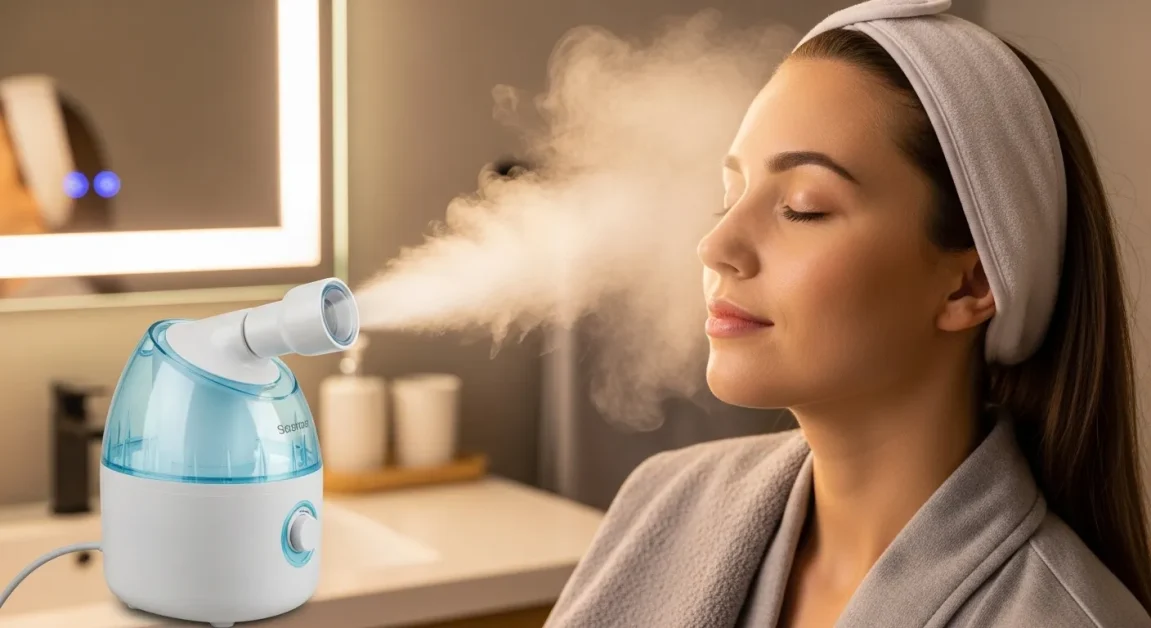
What to Look for in a Device
A few key features help you get the best experience:
• Adjustable temperature settings to avoid overheating
• Automatic shut-off for safety
• Easy-to-fill water tank and removable parts for cleaning
• Compact design if storage is limited
Extra features like timers or aromatherapy trays are nice but optional. Focus on safety and usability first.
Maintenance Tips
Proper upkeep keeps your device working and prevents skin irritation:
• Use distilled or filtered water to avoid mineral buildup
• Clean the tank regularly according to manufacturer instructions
• Empty water after each session and dry parts to prevent mold
• Most home steamers last 2–5 years with proper care
Cost vs Benefit
Home devices range from $25 to $150, much less than frequent spa facials. A good steamer can pay for itself in convenience and consistency if you use it correctly.
If you’re looking to maximize your sweat sessions, checking out the best sauna suit can make your routine more comfortable and effective.
Expert Commentary and Trust Building
Facial saunas are a helpful addition, not a replacement. Combining steaming with proper skincare and professional guidance ensures results are safe and effective.
Dermatologist Opinions and Medical Input
Experts agree that facial steaming can support a skincare routine, but it is not a treatment for serious skin conditions. Key points include:
• Avoid steaming if you have broken capillaries, active infections, or severe rosacea
• Short, gentle sessions are safer than long, high-heat exposure
• Moisturize immediately afterward to protect the skin barrier
If you are unsure about a skin condition or reaction, consult a dermatologist before adding steaming to your routine.
Case Studies and User Experiences
While formal studies are limited, many users report softer skin, a temporary glow, and easier cleansing after steaming. Anecdotal evidence suggests short, controlled sessions provide benefits without irritation.
When Steaming Alone Isn’t Enough
Steam can prep skin and boost absorption, but it will not replace targeted treatments:
• Acne may require medicated cleansers or topical prescriptions
• Eczema or sensitive skin often needs soothing creams or barrier repair
• Anti-ageing concerns are better addressed with serums, retinoids, or sunscreen
Find More Healing in Style
Relax like never before with our expert tips and top-notch solutions for ultimate relaxation.
Hot Tub Patio Insights
Check out simple tips and creative ideas to build your dream outdoor retreat with Hot Tub Patio.
Learn MoreFAQs
References & Further Reading
- American Academy of Dermatology (AAD) – Facial Steaming and Skin Care
- DermNet NZ – Acne and Facial Treatments

